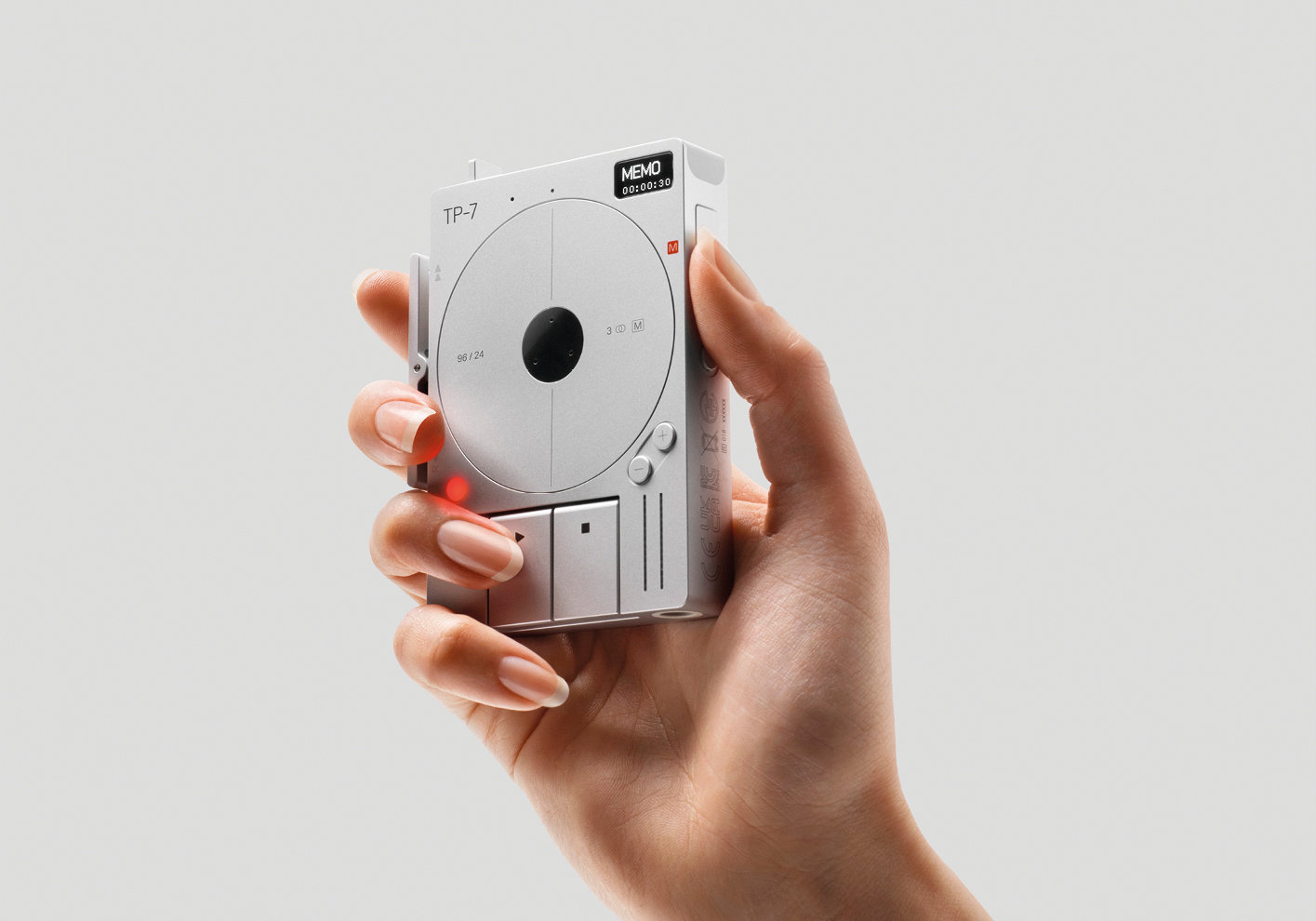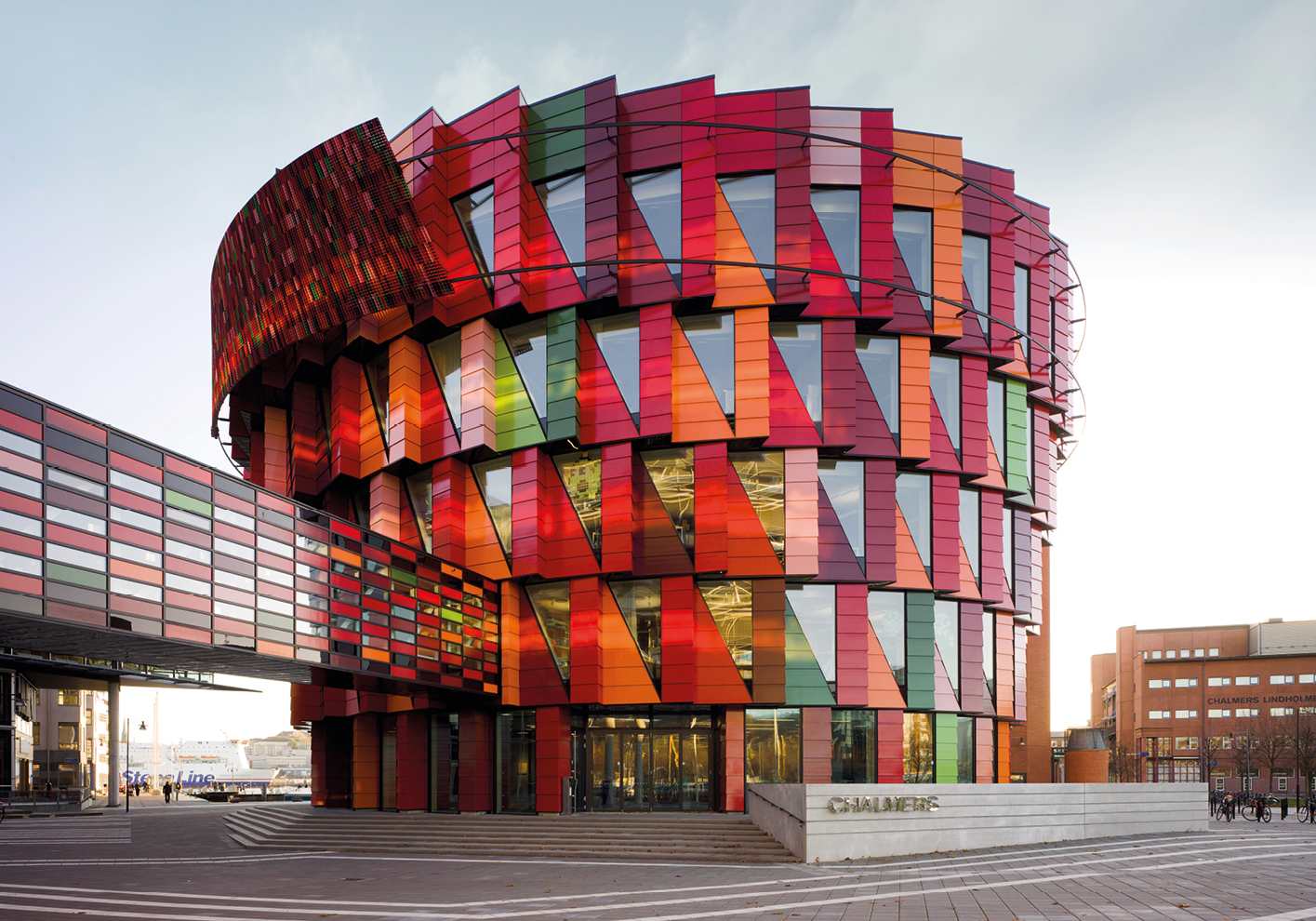WORDS
Simon Mills
Globally renowned for spearheading a minimalist, form-follows-function aesthetic, a new generation of Swedish brands and designers are subverting expectations. The world-famous Swedish aesthetic is also a globally acknowledged brand. Swedes are known for producing desirably simple clothing and furniture that is well made, spare and calm. Practical, functional and natural, Swedish interiors are warm, woody and cosy. Food is unfussy, warming, wholesome and locally sourced. The country’s architecture? Nordically minimal.
The Swedes have a word for this kind of stoically aspirational lifestyle – lagom. It means “sufficient”. Not too much. Just enough.
But dig deeper, look closer and another, less restrained, more muscular and audacious Svenskar style breaks loose of lagom. With its cutting-edge tech, Valhalla-speed automobiles and spectacular event architecture, 21st-century Sweden is fast developing a new look; less “just enough”, more mer än lagom – “more than enough”.
Take luxury boat manufacturer J Craft. Based on Sweden’s ancient island of Gotland (in the Unesco World Heritage main town, Visby, to be precise) since 1999, J Craft is in a league of its own. On the surface, its 42ft J Craft Torpedo model resembles a wooden Mediterranean cruiser – but look closer and you’ll find a machine that expertly balances La Dolce Vita aesthetics with serious power.
The Torpedo is made from handcrafted mahogany veneer, which is sanded by hand before being lacquered 18 times for a long-lasting quality finish, on a fibreglass hull. It takes around 8,500 hours to build from scratch – which is why only one or two make it out of the factory each year. In total, only 27 J Craft boats are in existence today, owned by the top 1 per cent in the world, including royalty.
The very origins of J Craft are sovereign, with a commission from His Royal Highness, King Carl XVI Gustaf. Polaris, as named by the Swedish monarch, was built and delivered in the boatmaker’s inaugural year and continues to be driven by the King himself.
J Craft owners are involved in the making process, from start to finish. Everything is customisable according to the discerning owner’s taste (integrated fridge-freezers? Hermès upholstery? Cutlery designed by His Majesty Prince Carl Philip Bernadotte of Sweden? You got it) and entirely made in Sweden. In fact, every component of the seafaring Torpedo can be traced to one of J Craft’s Swedish master builders. It is simultaneously an expression of the individual and an ode to Swedish design. (But with the possibilities to add 2,000-watt music systems, Ralph Lauren upholstery and uniquely designed clothing, simple is not a word in the boatmaker’s vocabulary.)
Powered by twin Volvo Penta IPS 650 engines with a rudderless IPS pod system, the Torpedo can reach top speeds of close to 50 knots with 30 per cent less fuel consumption than traditional propulsion systems. Elegance is at the heart of such technology. High-speed turns in the not-so-inconspicuous style of a certain 007 agent and pirouettes are enabled by state-of-the-art craftsmanship, all at the touch of a fingertip. Indeed, former James Bond, Sir Roger Moore, is a fan. Making an entrance at the Monaco Yacht Show in a J Craft Torpedo back in 2009, the actor commented, ‘I can certainly see James Bond arriving in a boat like this at an exclusive party somewhere on the Riviera, and I think any of my seven Bond girls would have loved it too.’
The idea of “sufficient” has also never been enough for the people at Svenskt Tenn, Stockholm’s homeware heaven of a superstore. For years, the shop’s hero-item has been the four-seater Sofa 3031, upholstered in a multicoloured Anakreon print created by Svenskt Tenn in-house designer Josef Frank and inspired by a 3,500-year-old fresco in the palace in Knossos, Greece.
Frank – a Sweden-naturalised Austrian who joined Svenskt Tenn in 1934 – chose to push against the uniform interiors that were led by the 20th century’s puritanical principles. By placing comfort, homeliness and a wealth of colour at the fore of his designs, Frank took his own creative path and one that led to a new kind of modernism.
Some 90 years later, Frank’s nu-Swedish style lives on, his love of craft, colour and maximalism evident in the rebel pop-folk work of Moki Cherry (Neneh Cherry’s mother), fashion label Acne Studios, new-gen talents Sandra Backlund, Altewai Saome, Helena Hörstedt and Bea Szenfeld and even cult tech outfit Teenage Engineering.

From its Stockholm studio, Teenage Engineering makes products that introduce a retro/future-fabulous take on Swedish style. Apparently influenced by 1970s pop culture, Kubrick’s 2001 and My First Sony toy tech rather than, say, B&O or Apple, Teenage Engineering’s bright and lucid, tactile designs for samplers and sequencers (think: straight off the dashboard of the Alien’s Nostromo spacecraft) are the weapons of choice for musicians including Beck, Depeche Mode, Thom Yorke and – of course – Swedish House Mafia.
In Malmö, the new World Maritime University building, conceived by architecture practices Terroir and Kim Utzon Arkitekter, is defined by its aluminium and glass façade. Jagged, asymmetrical and brutal, the design has a mechanical and social function – to behave as a “hinge” in the city and also a link between itself and the original Tornhuset building next door. Similarly, Swedish practice Gert Wingårdh’s Kuggen construction in Gothenburg has been described as a piece of modern architecture with a Renaissance twist. Certainly, its distinctive, cylindrical construction with a mosaic of glazed terracotta, light-reactive, colour-changing panels, can’t be easily ignored. Swedish for “cog”, the Kuggen is part of the Chalmers University of Technology campus and was inspired by the machinations of moving parts and industrial design.

Meanwhile, balancing luxury pedigree with sheer power and an unexpected Scandi DNA is the Koenigsegg car company. Recently announcing the latest specifications of its four-seat Gemera HV8 “megacar” (so named because it produces more than one megawatt of power), the Ängelholm-based automaker described a vehicle capable of a (world’s fastest) speed of over 400km per hour and a price in excess of £1.4million. The new Gemera is driven by the manufacturer’s scarily quick Dark Matter Raxial Flux 6-phase E-motor, Koenigsegg’s designer “Sasha” Selipanov confessing that he tends to create aggressive- looking cars, equipped with ‘a ton of “I want to burn your village”’ energy.

Marque founder Christian von Koenigsegg admits that he assumes the role of the atelier’s moderator and sensible, in-house Swede. ‘Yes, powerful. Sure. Confident, absolutely,’ he counters. ‘But do we really have to burn anybody’s village while we’re doing it?’ Smouldering villages or not, Swedish design is definitely not in lagom territory anymore.




